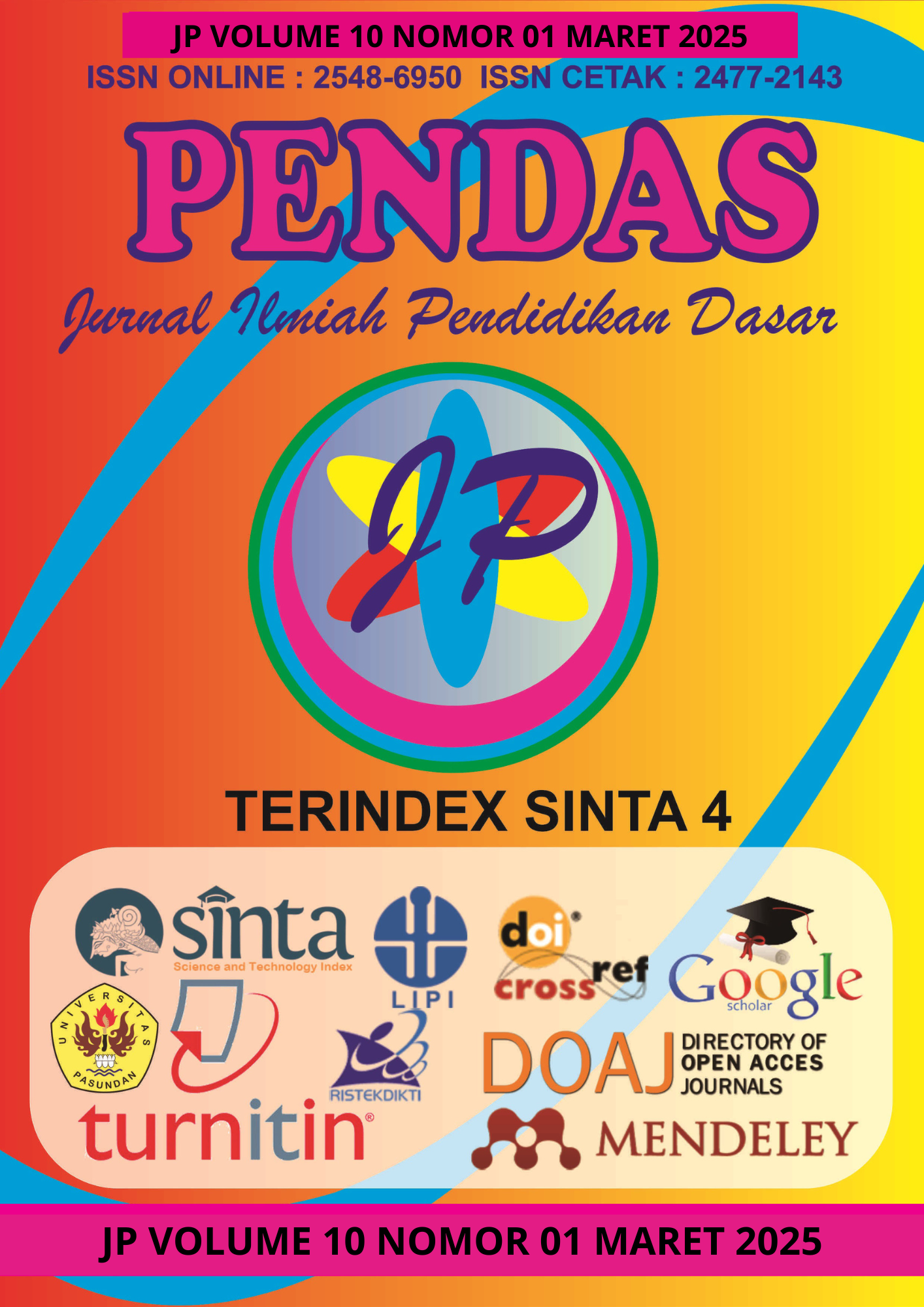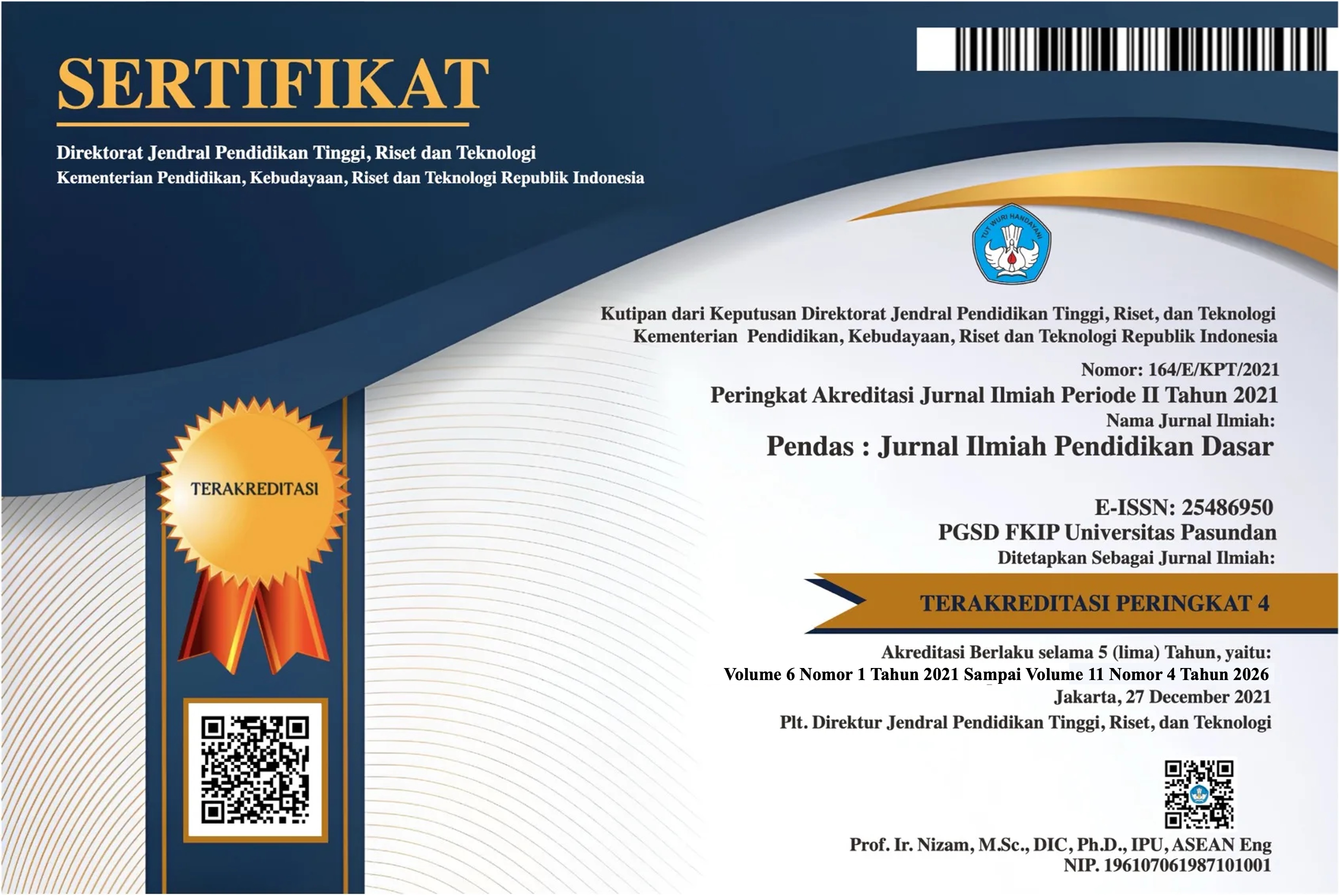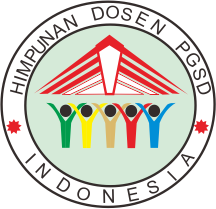EKSPLORASI ETNOMATEMATIKA MASJID AGUNG SAKA TUNGGAL CIKAKAK WANGON
DOI:
https://doi.org/10.23969/jp.v10i01.23239Keywords:
ethnomathematics, saka tunggal grand mosque, architecture, geometry, cultureAbstract
Mathematics and culture have a complex and mutually influential relationship. Mathematics is not only a tool for calculation or measurement but also reflects the values, traditions, and ways of thinking of a culture. The relationship between mathematics and culture is closely linked to ethnomathematics. Ethnomathematics is the study of how specific cultural groups understand, develop, and use mathematical concepts within their cultural contexts. This concept acknowledges that mathematics is not only a universal scientific discipline but is also influenced by cultural backgrounds, traditions, and social practices. The Saka Tunggal Grand Mosque in Wangon is one of the historically and culturally significant religious sites in Indonesia. Located in Banyumas Regency, Central Java, this mosque is renowned for its distinctive architecture and the spiritual values it embodies. The mosque was built with a design that reflects local wisdom and strong Islamic traditions, making it a symbol of unity and harmony among religious communities. One of the most intriguing aspects of the Saka Tunggal Grand Mosque is its single pillar, which serves as its hallmark, symbolizing strength and unity. This research employs a qualitative approach and an ethnographic method, involving interviews with mosque officials, as well as data collection through interviews, observations, and documentation. The findings indicate that the architecture of the historic Saka Tunggal Grand Mosque in Cikakak, Wangon, not only conveys cultural values, spiritual activities, and history but also contains various mathematical concepts that can be examined through the lens of ethnomathematics. Various geometric shapes can be identified in the structure, such as the trapezoidal shape on the outer roof of the mosque, semicircles and rectangles on the windows and entrance, circles on the drum (bedug), rectangular beams in the building’s structure, and the main rectangular pillar of the Saka Tunggal Grand Mosque in Cikakak, Wangon.
Downloads
References
Arikunto, S. (2020). Prosedur Penelitian: Suatu Pendekatan Praktik. Rineka Cipta
Creswell, J. W. (2014). Research design: Qualitative, quantitative, and mixed methods approache. SAGE Publications.
D’Ambrosio, U. (1985). Ethnomathematics and its place in the history and pedagogy of mathematics. For the Learning of Mathematics, 5(1), 44–48.
Faturrahman, M., & Soro, S. (2021). Eksplorasi Etnomatematika pada Masjid Al-Alam Marunda ditinjau dari Segi Geometri. Jurnal Cendekia:Jurnal Pendidikan Matematika, 5(2), 1955–1964.
Hirst, P. (2015). Mathematics and Culture. Springer.
Kline, M. (1990). Mathematics: The Loss of Certainty. Oxford University Press.
Merriam, S. ., & Tisdell, E. . (2015). Qualitative research: A guide to design and implementation (Sons & J. Wiley (eds.)).
Merriam, S. B. (2009). Qualitative Research: A Guide to Design and Implementation. Buku ini memberikan panduan praktis untuk merancang dan melaksanakan penelitian kualitatif.
Nunes, T., & Bryant, P. (1996). "Mathematical Skills in Early Childhood." Mereka mengemukakan bahwa pemahaman tentang praktik matematika dalam konteks budaya dapat membantu dalam merancang pendidikan matematika yang lebih relevan dan efektif
Sari, D. ., Rahmat, F., & Hanifah, S. (2021). Analisis kesulitan belajar matematika siswa: Sebuah tinjauan dari pengajaran yang tidak kontekstual. Jurnal Pendidikan Matematika Dan Sains, 10(1), 28–37. https://doi.org/10.26740/jpms.v10n1.p28-37
Rachman, A. (2018). Masjid Agung Saka Tunggal: Warisan Budaya dan Spiritualitas Umat. Jurnal Sejarah dan Budaya, 10(2), 45-58.
Widiastuti, E., & Sahid, A. (2021). The Importance of Triangulation in Qualitative Research: Evidence from Education Research. Jurnal Pendidikan Dan Kebudayaan, 6(1), 20–29.
Pritchard, D. (2009). The History of Mathematics: A Brief Course. John Wiley & Sons.
Downloads
Published
Issue
Section
License
Copyright (c) 2025 Pendas : Jurnal Ilmiah Pendidikan Dasar

This work is licensed under a Creative Commons Attribution 4.0 International License.



















